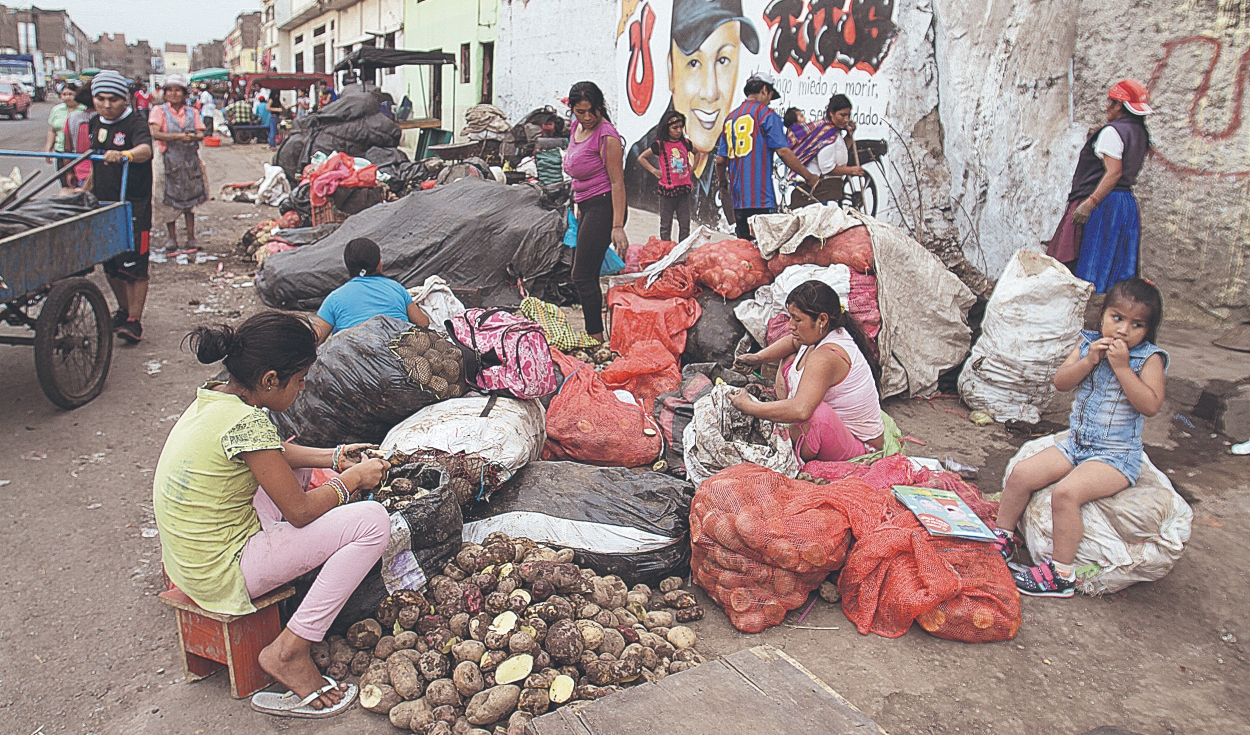
During the quarter from December (2023) to February, the employed population in metropolitan Lima amounted to 5 million 322,900 people: 6.5% more than the same period prior to the pandemic (when there were 4 million 997,600), according to the National Institute of Statistics and Informatics (INEI).
A pandemic later—where, at least For a year, the bulk of economic activity was abruptly interrupted and opted for a progressive resumption—the INEI numbers reveal that precarious employment has gained considerable ground.
Although there are 3.1 million properly employed – that is, fully-fledged workers – there is still a difference of -0.5% (17,000 people) compared to the quarter before the Wuhan virus.
And, on the other hand, the underemployed – whether due to working fewer hours (visible) or earning less than the value of the family consumption basket (invisible) – rose from 1.8 million to 2.1 million (+18.7% ). However, within this group, the increase in invisible underemployed stands out: from 1.1 million, we now see 1.7 million (603,000 more people).
Fernando Cuadros Luque, labor activist and former vice minister of Employment Promotion, comments that The invisible underemployed is the one who receives a payment of less than 50% of the cost of the basic family basket. (set by the INEI at S/1,600): that is, 1.7 million employees earn less than S/800 per month.
Structural failure?
“Four years after the pandemic, 41% of those employed in Metropolitan Lima They have precarious employment (underemployed),” Cuadros Luque summarizes for La República.
In his opinion, although it is an achievement that the jobs lost during the health emergency have been recovered, the unfortunate thing is that these are of lower quality. For example, he points out that only in the formal sector, after replacing the 800,000 lost positions, 90% were reinserted with temporary contracts. This new normal “limits the rights to enjoy collective bargaining or unionize, as well as access to better income.” Inflation also played a key role in the job decline.
Income gap widens
The average monthly income in metropolitan Lima was S/1,982 in the study quarter. This level represents a progress of 8.1% compared to the similar period a year ago, and is 10.7% higher than the pre-pandemic level for said moving quarter in question.
However, the gap between men and women continues to widen: average income for the female labor force it was S/1,616, and for men it was S/2,289, a difference of S/673. A year ago, the average difference was S/552.
According to the available statistics, it is noted that of the universe of underemployed due to lack of income, women are the most affected: 1 million 22,500 compared to 705,800 men. in companies with 1 to 10 workers (mypes) there are many: 1.3 million underpaid people
Data
418,000 people in the capital are unemployed, 10.2% more than in the period before the coronavirus.
The total number of Peruvians who are in invisible underemployment grew 53% more than before the pandemic.
Source: Larepublica
Alia is a professional author and journalist, working at 247 news agency. She writes on various topics from economy news to general interest pieces, providing readers with relevant and informative content. With years of experience, she brings a unique perspective and in-depth analysis to her work.












